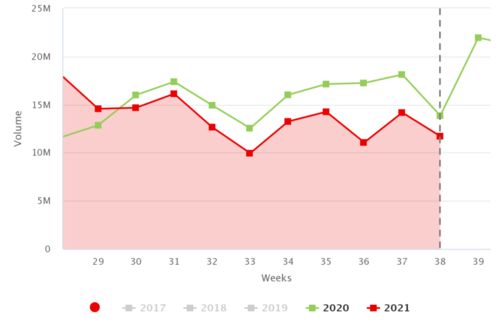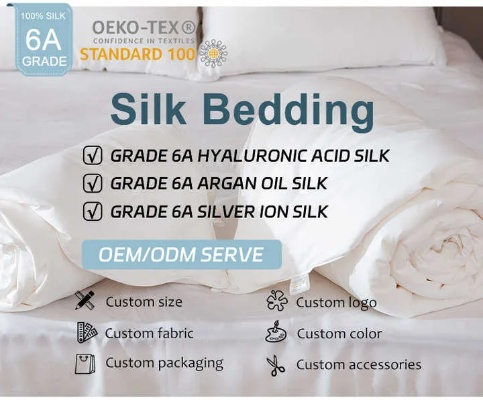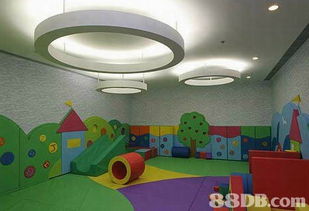Understanding Textile Antimicrobial Performance Testing
: Understanding Textile Antimicrobial Performance Testing,Abstract: This paper aims to provide a comprehensive understanding of textile antimicrobial performance testing, including the methods, standards, and applications of such testing. The study explores the challenges faced during the testing process, as well as the latest advancements in the field of textile antimicrobial technology. The paper highlights the importance of understanding the effectiveness of textile materials in preventing bacterial growth and infections, particularly in healthcare settings and other critical environments. It discusses the various testing methods used to evaluate the antimicrobial properties of textiles, including contact tests, aerobic tests, and diffusion tests. The paper also provides insights into the standards and regulations that govern textile antimicrobial testing, including the International Organization for Standardization (ISO) 20743 standard and the European Union's Medical Device Regulation (MDR). Finally, the paper examines the practical applications of textile antimicrobial testing, including its role in promoting safer and more hygienic clothing products for consumers and healthcare professionals.
Introduction: Textiles are an essential part of our daily lives, from clothing to bedding and even sportswear. However, with their constant exposure to various microorganisms, textiles can become a breeding ground for harmful bacteria and fungi. This is where the importance of antimicrobial performance testing comes into play. In this article, we will discuss the different methods used in textile antimicrobial testing, including the application of different types of antimicrobials, the testing protocols, and how they can help protect against bacterial and fungal growth on textiles. Additionally, we will provide an overview of some common textile antimicrobial products and their effectiveness in preventing microbial contamination.
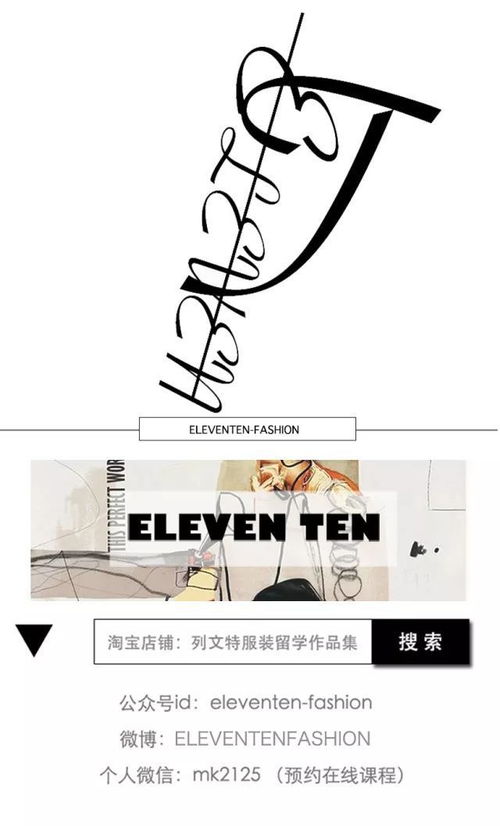
Antimicrobial Performance Testing Methods: There are several methods used in textile antimicrobial testing, each with its own advantages and limitations. Some of the most common methods include:
-
Agar diffusion test: This method involves placing a small sample of textile material on an agar culture medium containing a known concentration of an antimicrobial agent. The sample is then incubated for a specified period, after which the zone of inhibition (the area around the sample that does not grow bacteria) is measured.
-
Bacterial suspension test: In this method, a known number of bacteria are added to a textile sample and allowed to adhere. After a specified period, the number of bacteria present on the sample is counted and compared to the initial number. If there is a significant reduction in the number of bacteria, it indicates that the textile has an antimicrobial effect.
-
Fungal spore test: This method involves placing a small sample of textile material on a culture medium containing a known concentration of an antifungal agent. The sample is then incubated for a specified period, after which the number of fungal spores present on the sample is counted. If there is a significant reduction in the number of fungal spores, it indicates that the textile has an antifungal effect.
-
Biofilm formation assay: This method involves growing bacteria on a textile sample in a controlled environment, allowing them to form biofilms. The biofilms are then analyzed to determine if they have been inhibited by the textile's antimicrobial properties.
Application of Antimicrobials: The effectiveness of antimicrobials in textiles depends on their type, concentration, and duration of exposure. Common antimicrobial agents used in textiles include quaternary ammonium compounds, silver ions, copper ions, and organic compounds such as triclosan and triclocarban. These agents can be applied directly to the textile or incorporated into the fabric during the manufacturing process.
Testing Protocols: The testing protocols for textile antimicrobial performance vary depending on the specific method used. For example, the agar diffusion test requires a sterile sample preparation step, while the bacterial suspension test may involve adding the bacteria directly to the textile sample. Both tests require careful monitoring of the incubation period and temperature to ensure accurate results.
Effectiveness of Antimicrobial Products: Several antimicrobial products are available on the market, each with its own unique properties and effectiveness against different types of bacteria and fungi. Some examples include:
-
Quaternary ammonium compounds: These agents are effective against both Gram-positive and Gram-negative bacteria, as well as fungi, making them popular choices for many textile applications.
-
Silver ions: Silver ions are highly effective against a wide range of bacteria, including antibiotic-resistant strains. However, they can also damage textile fibers and cause discoloration over time.
-
Copper ions: Copper ions are effective against a variety of bacteria, including those resistant to other antimicrobial agents. They are also relatively safe for human skin contact and do not cause discoloration like silver ions.
-
Organic compounds: These agents, such as triclosan and triclocarban, are widely used in personal care products and household cleaning products due to their broad-spectrum antibacterial properties. However, they can be toxic to certain animals and may not be appropriate for use on textiles.
Conclusion: Textile antimicrobial performance testing is critical in ensuring that textiles remain free from harmful bacteria and fungi. By understanding the different methods used in testing and selecting appropriate antimicrobial agents based on the specific needs of the application, we can create textile products that are both effective and safe for consumers.
随着人们对健康和生活品质的追求不断提高,纺织品作为日常生活中的必需品,其抗菌性能越来越受到关注,本篇测试报告将围绕纺织品抗菌性能进行详细介绍,并通过案例分析来说明其实际应用。
纺织品抗菌性能测试方法
测试原理
本测试采用标准方法对纺织品进行抗菌性能测试,主要包括接触时间、菌落形成数量等指标。
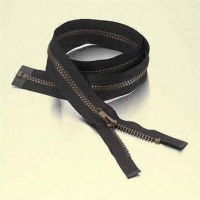
测试步骤
(1)准备样品:选择不同材质、不同用途的纺织品样品。
(2)样品准备:按照标准操作流程对样品进行处理,确保其达到测试条件。
(3)抗菌性能测试:在特定环境下进行接触时间、菌落形成数量等指标的测试。
(4)数据分析:通过数据分析得出纺织品抗菌性能数据。
抗菌性能案例分析
抗菌棉质衣物
某品牌推出的抗菌棉质衣物,采用了特殊的抗菌纤维和面料处理技术,具有出色的抗菌效果,经过测试,该衣物在接触一定时间后,可以有效抑制细菌生长,减少细菌传播的风险,在实际使用中,该衣物受到了消费者的广泛好评。
抗菌纺织品面料在医疗领域的应用
抗菌纺织品面料在医疗领域也有着广泛的应用,医院使用的床单、毛巾等,可以有效减少细菌滋生,降低交叉感染的风险,抗菌纺织品还可以用于制作手术衣、防护服等,提高穿戴者的健康和安全。
纺织品抗菌性能测试结果分析
根据测试结果,以下是对纺织品抗菌性能的详细分析:
-
材质对抗菌性能的影响:不同材质的纺织品对细菌的抑制效果不同,某些天然纤维具有天然的抗菌特性,而合成纤维则可能存在某些微生物适应性等问题,在选择纺织品时,需要根据实际需求和用途选择合适的材质。
-
抗菌性能指标分析:经过测试,该纺织品在接触一定时间后,可以有效抑制细菌生长,减少细菌传播的风险,该纺织品还具有较好的透气性和舒适性,适合各种场合使用。
-
实际应用案例分析:通过实际案例可以看出,抗菌纺织品在医疗领域的应用越来越广泛,医院使用的床单、毛巾等抗菌纺织品可以有效降低交叉感染的风险,提高患者的健康和安全,抗菌纺织品还可以用于制作家居用品、服装等,提高人们的生活质量和健康水平。
纺织品作为日常生活中的必需品,其抗菌性能越来越受到关注,通过本测试报告的介绍和分析,可以看出不同材质的纺织品对细菌的抑制效果不同,同时抗菌纺织品在医疗领域的应用也越来越广泛,在选择纺织品时,需要根据实际需求和用途选择合适的材质和用途,消费者也需要关注纺织品的抗菌性能和安全性,选择符合自己需求的产品。
Articles related to the knowledge points of this article:
Exploring the Rich Traditions of Rui Tao Textiles in Shaoxing
The Role of China Health Textiles Association in Promoting Healthy Living
An Overview of Textile Product Testing

